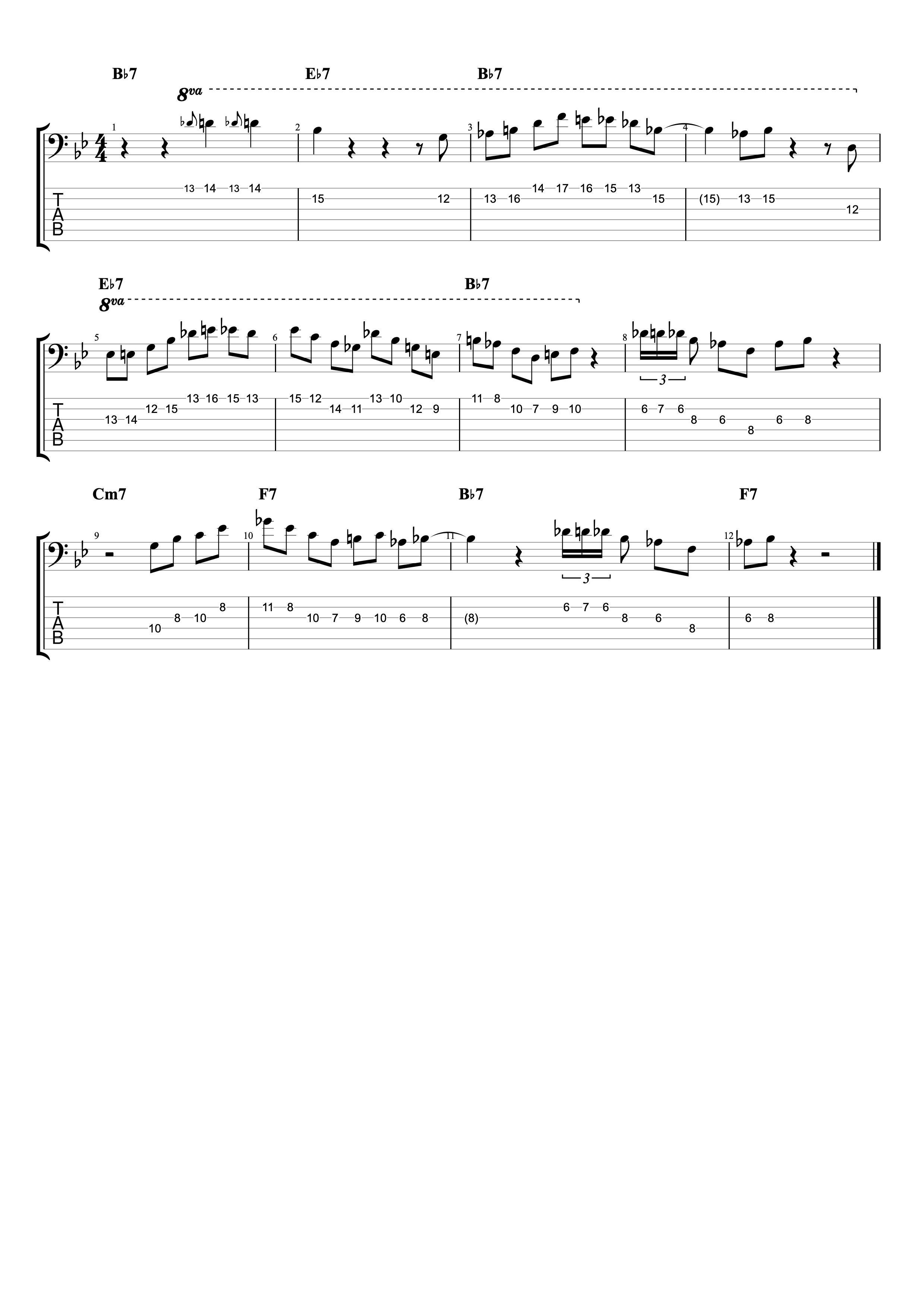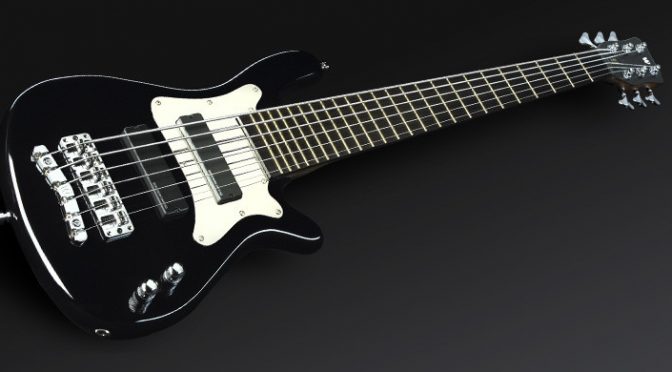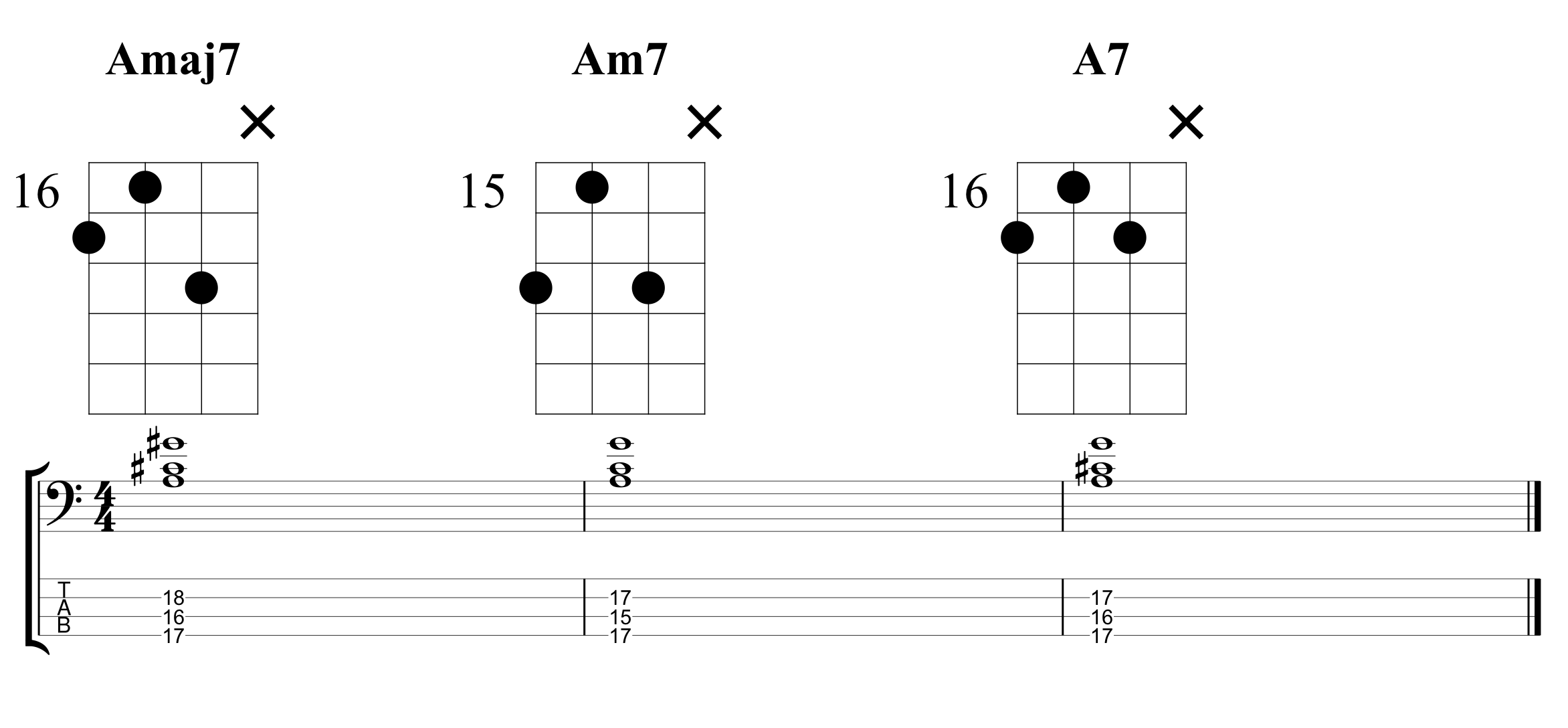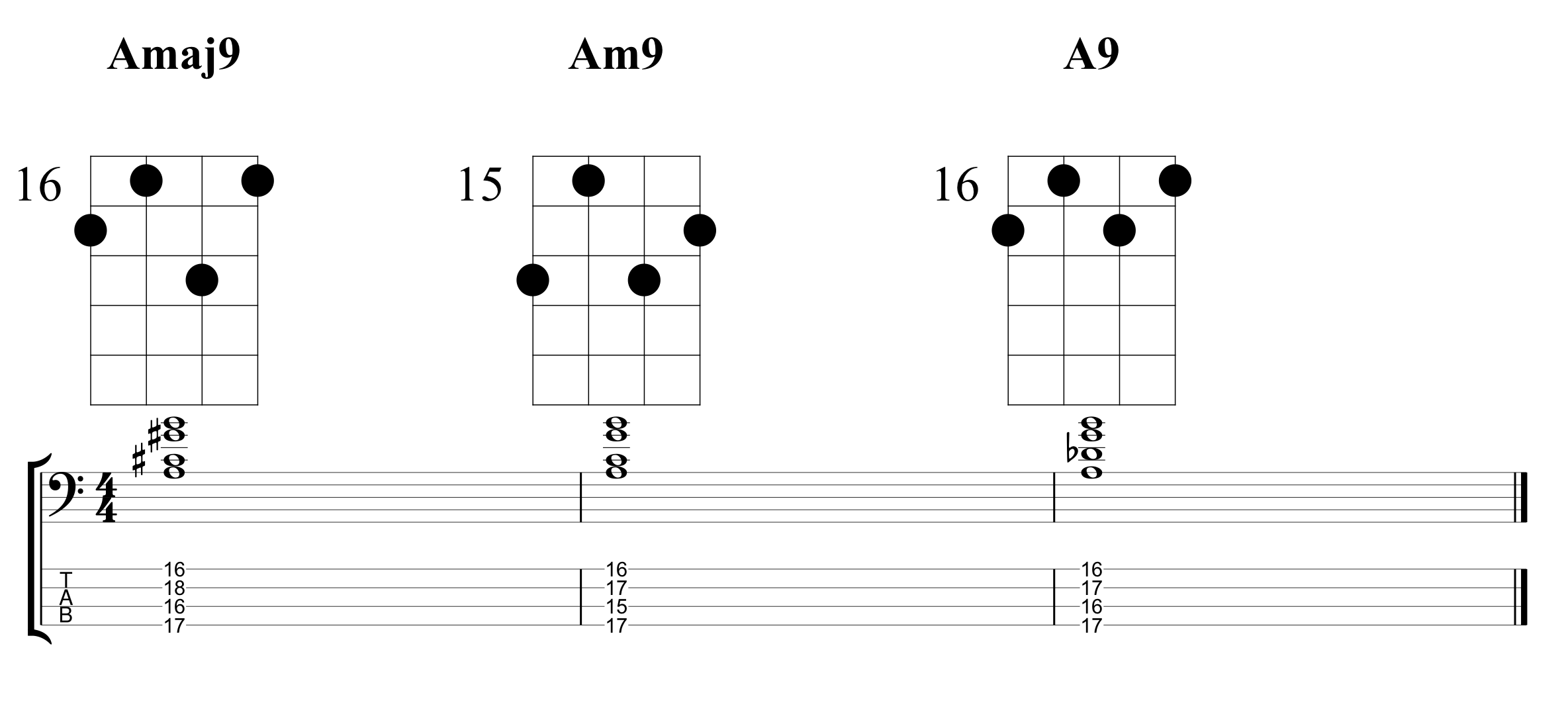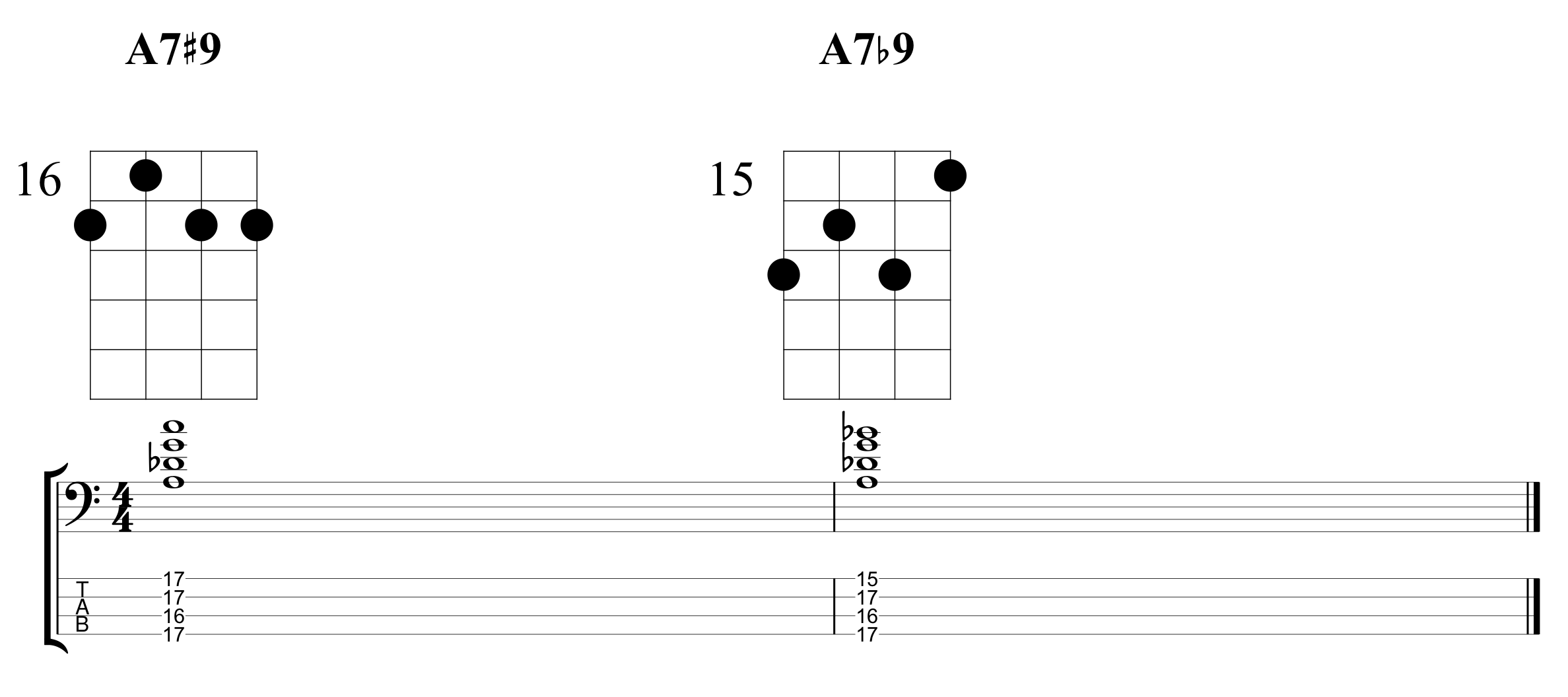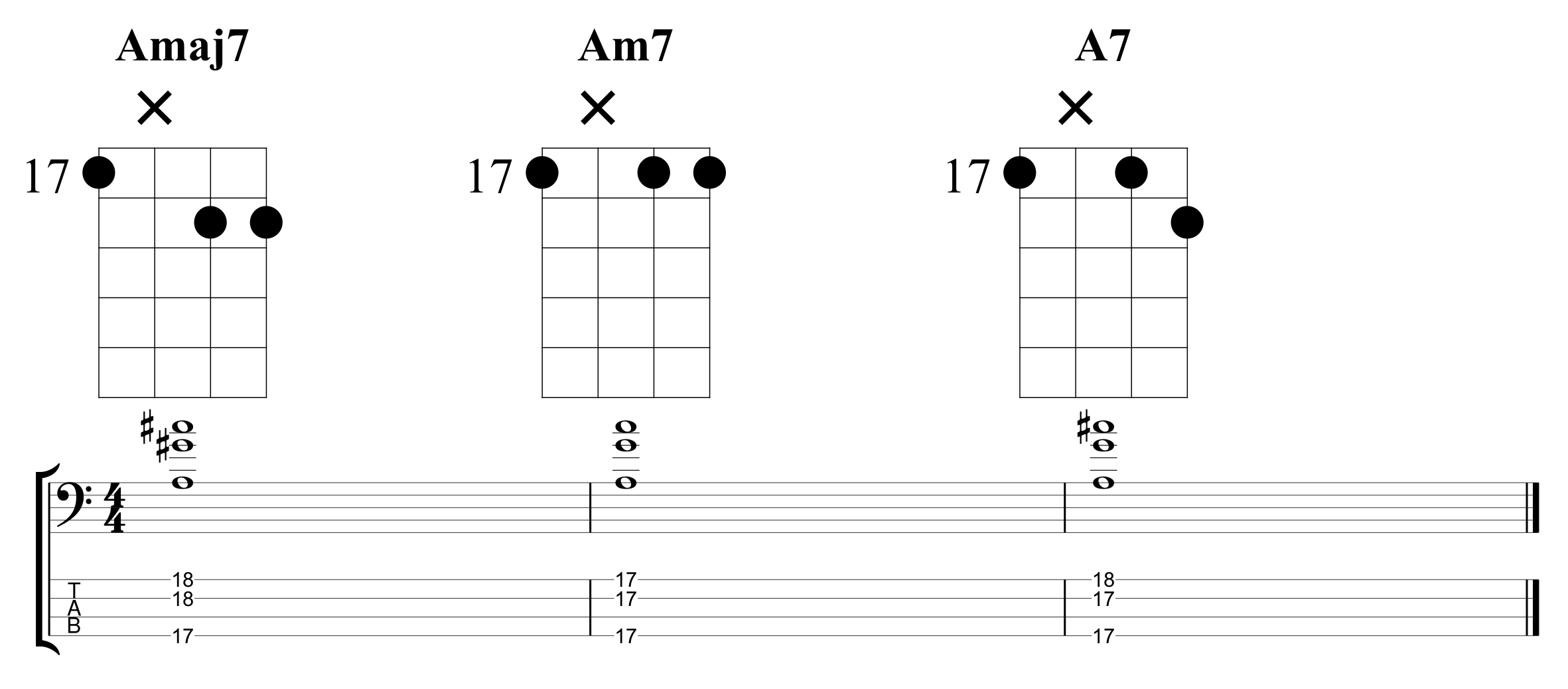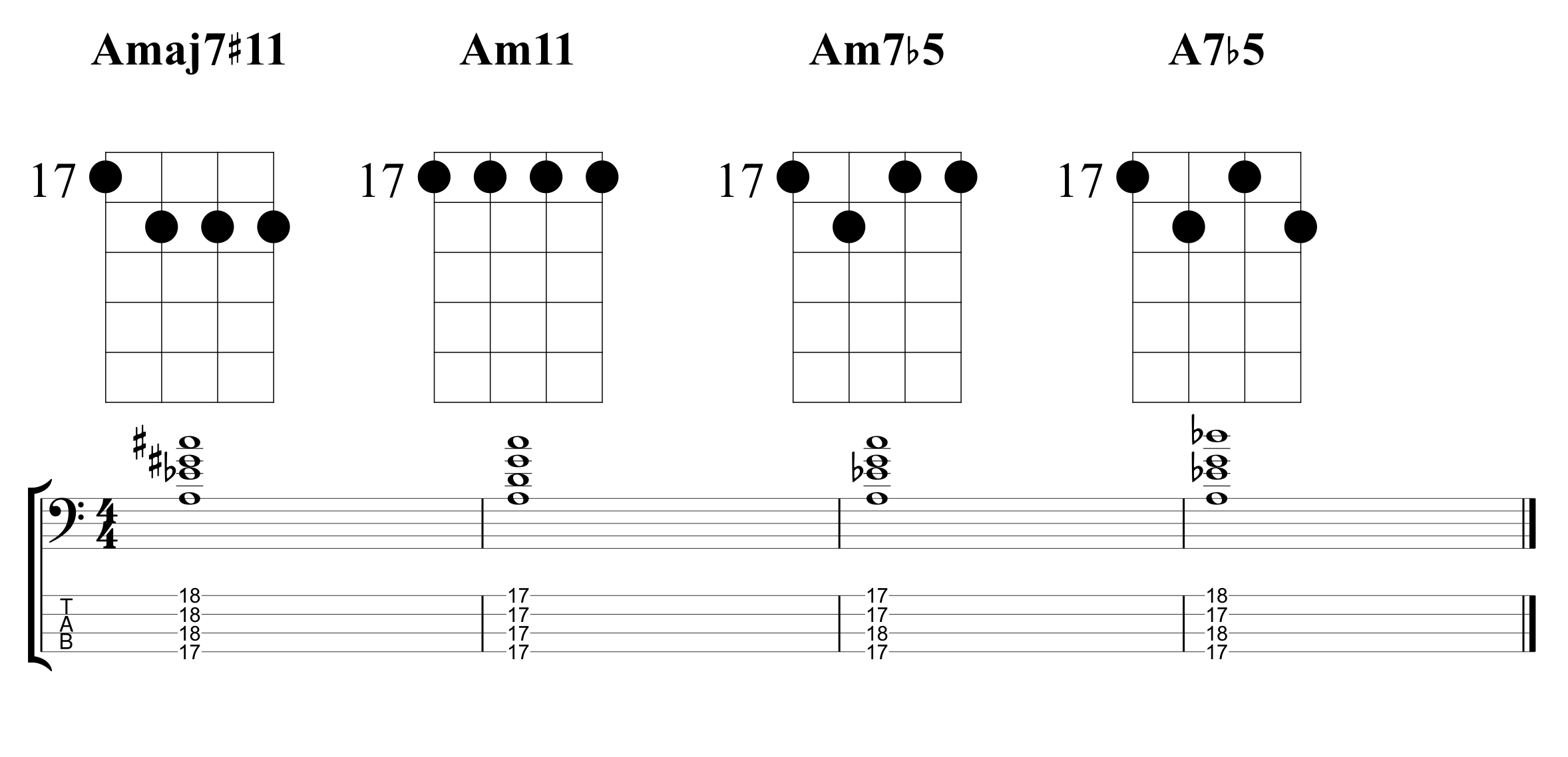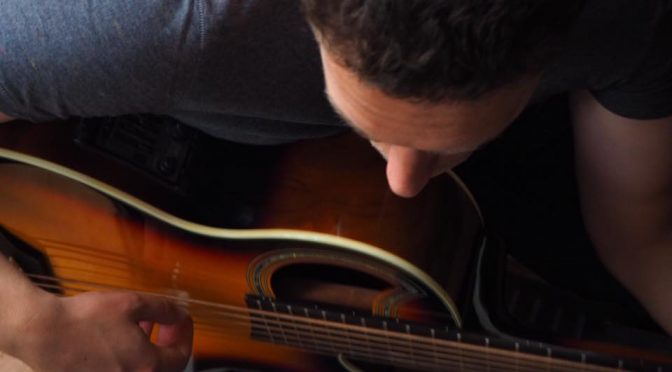Giant Steps Improvisation on Fretless & Fretted 6 String Bass – Bass Practice Diary – 2nd April 2019
Some jazz tunes are so iconic that every jazz musician and enthusiast should know them. John Coltrane’s Giant Steps definitely falls into that category. The chord changes have made it iconic, because they’re notoriously difficult to improvise on. Over the years it’s become a kind of rite of passage for aspiring jazz musicians to learn to play on those changes.
I’ll do a more complete analysis of how I approach playing on Giant Steps next week. But the purpose of this video is to show how I approach practising any tricky piece like this. The first and most important thing when approaching any difficult repertoire is to start slow. If you want to be able to play fast, then practice slow.
Start Slow and Vary the Feel
When I’m approaching any chord progression, I’m trying to internalise the sound of the changes. It’s much harder to do this if the changes are flying past at 300bpm. Coltrane may have played Giant Steps blisteringly fast, but I’d be willing to bet that he practiced it slowly first.
I love practicing playing over slow changes. You can really enjoy playing over each chord and having loads of time to hear the changes go past. And this will really help you to get the sound of the changes into your ears.
Another piece of advice I would offer, is to practice playing the changes over as many different feels as you can. As you can hear in my video I start by using a slow straight 1/16th note feel, and then move on to a faster swing feel. But that only scratches the surface, there are so many different tempos and feels that you can use.
It always amazes me that some jazz musicians seem to only practice improvising in a swing feel. You can always tell who these people are because they instantly sound very uncomfortable playing in anything that doesn’t have a swing feel.
John Coltrane and Giant Steps
Giant Steps was recorded and released in 1959, which was a watershed year in jazz for many reasons. It came from the album which was also called Giant Steps, and that album is seen by many as a masterpiece of jazz Bop style improvisation and composition. In fact it’s seen by many as the ultimate recording in that style of jazz.
You can find my bass TAB and analysis of a John Coltrane lick from that album here. It comes from a composition called Countdown which features similar chord movement to Giant Steps.
It’s certainly possible to believe that Coltrane himself believed that he couldn’t improve upon Giant Steps. Because from that point on in his career he went on to explore other aspects of jazz improvisation such as modal jazz and free jazz. And he never returned to the Bop style vocabulary of the Giant Steps album.











